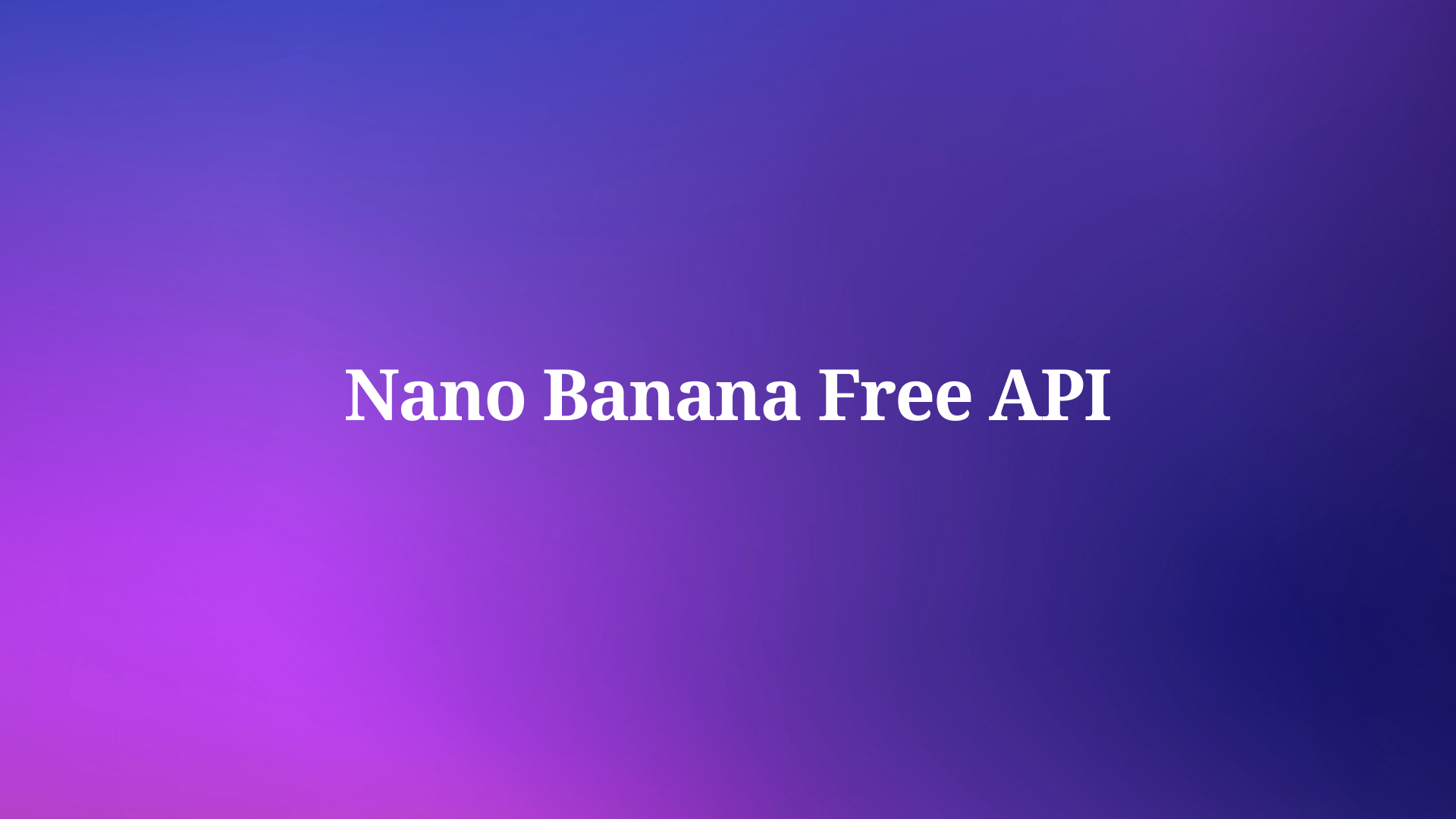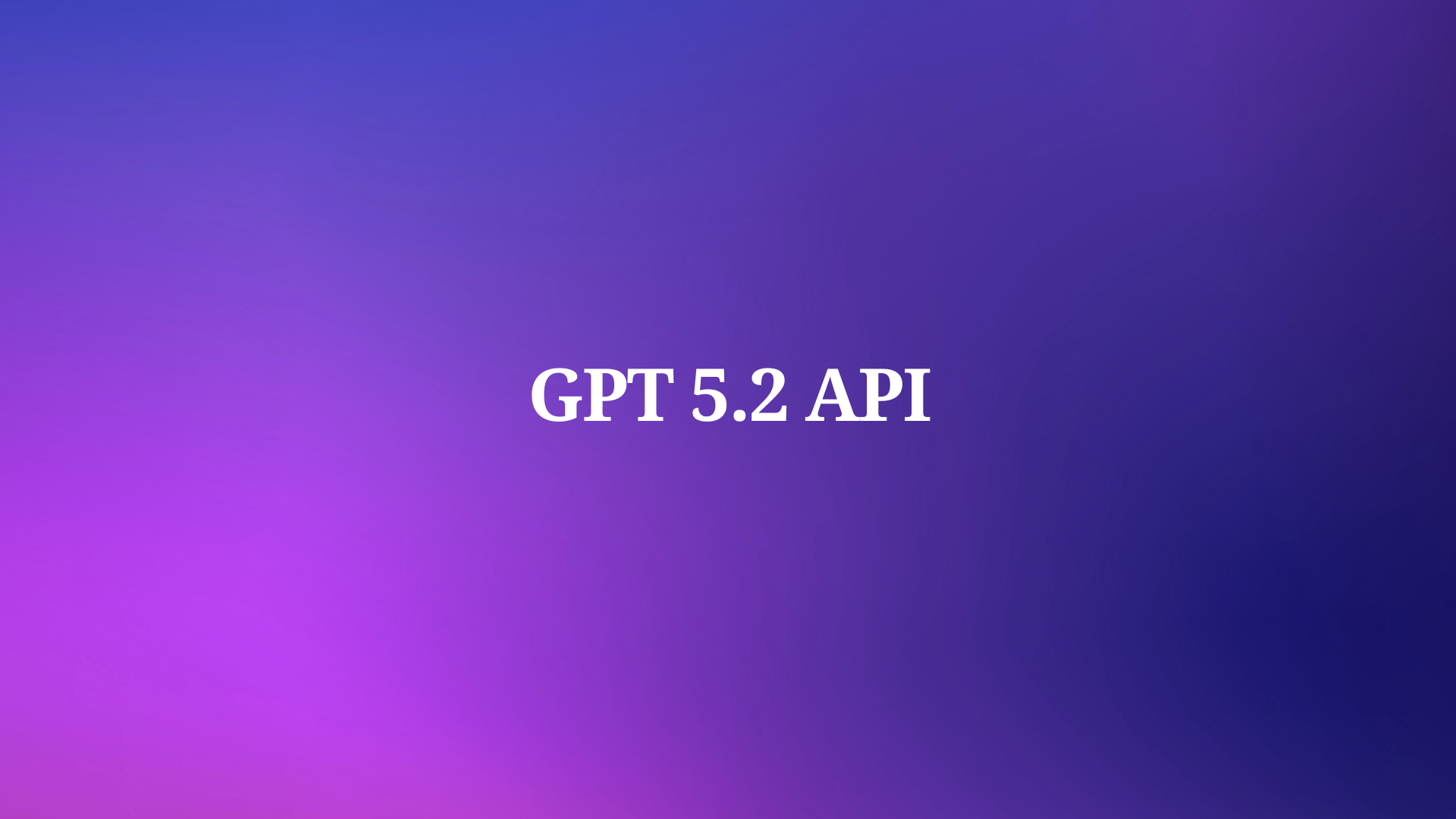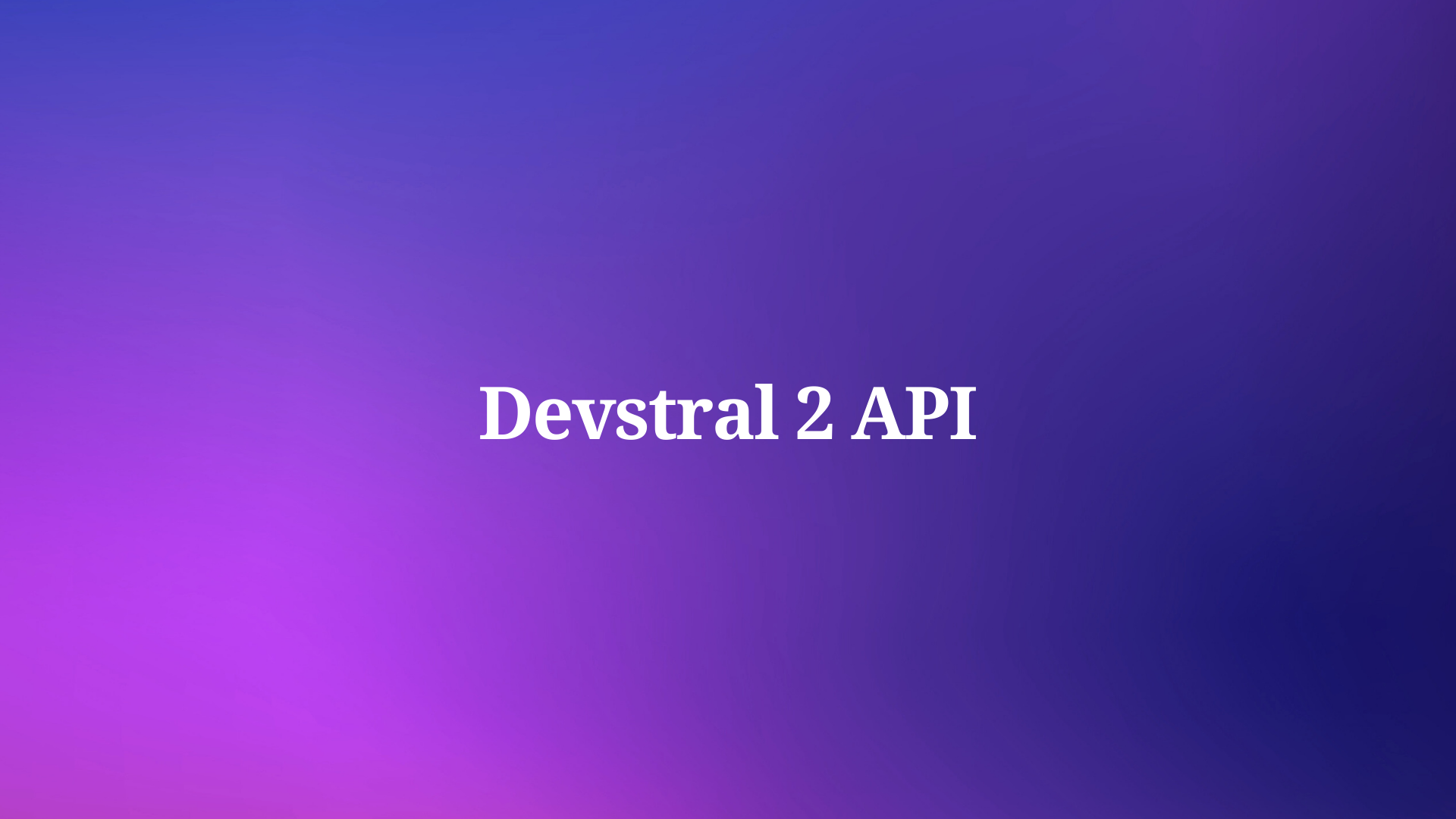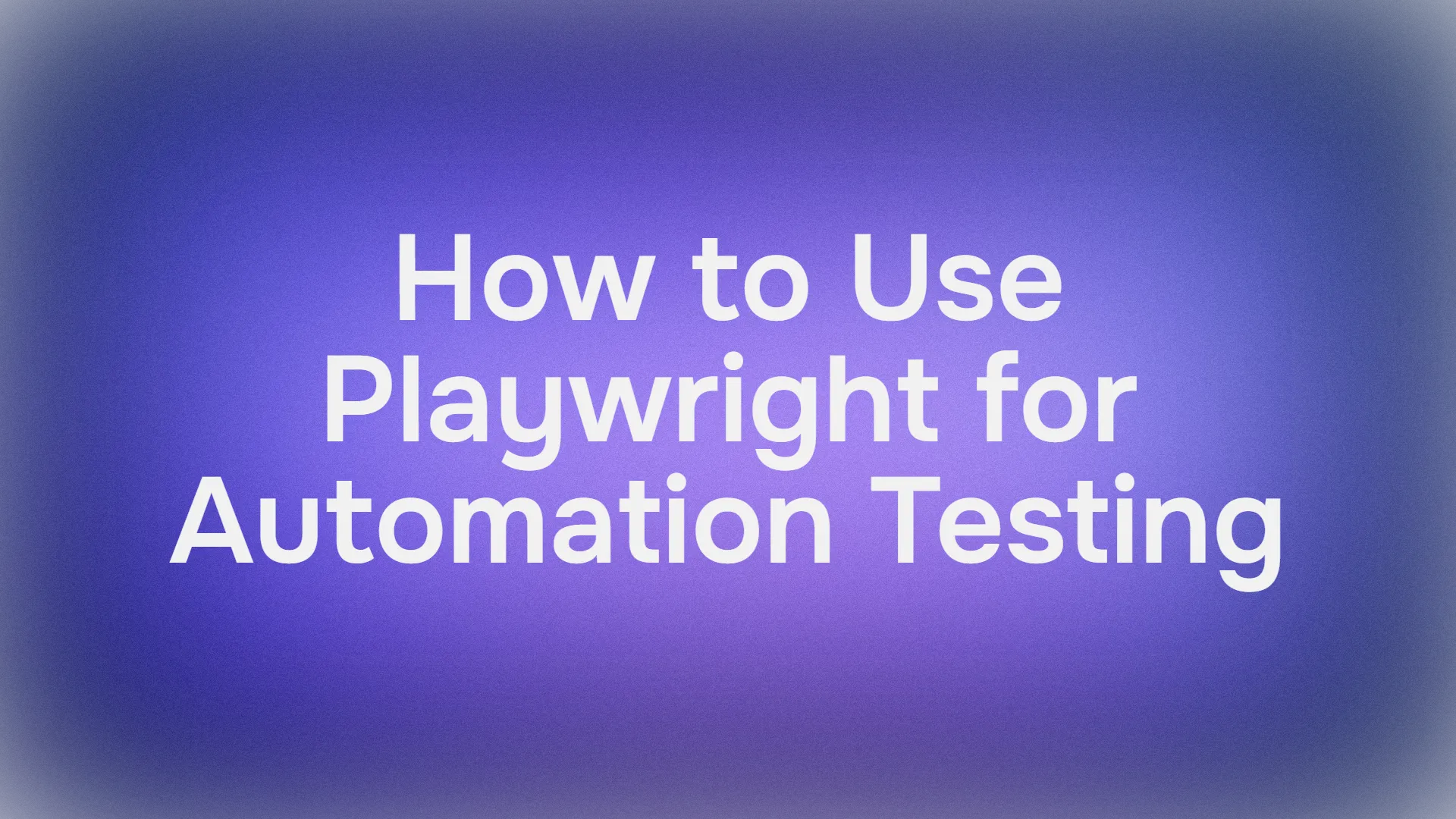Developers constantly seek efficient ways to integrate advanced AI models into their applications without incurring high costs. Nano Banana, also known as Gemini 2.5 Flash Image, emerges as a game-changer in image generation and editing. This model excels at transforming text descriptions into visuals or modifying existing images with precision. Furthermore, users access it via API endpoints across multiple platforms at no charge, opening doors for experimentation and production use.
Engineers prioritize tools that reduce friction in development cycles. Apidog stands out by providing mock servers, automated testing, and collaboration features tailored for AI APIs like Nano Banana. As you proceed through this guide, consider how Apidog integrates seamlessly to validate prompts and responses. Now, let's examine the core concepts behind Nano Banana.
What Exactly Powers Nano Banana and Its API Capabilities
Google engineers designed Nano Banana as an alias for the Gemini 2.5 Flash Image model, focusing on high-quality image manipulation through natural language inputs. This model processes prompts to create new images or edit uploads, adhering closely to user instructions. Unlike traditional tools, Nano Banana incorporates multimodal capabilities, allowing it to blend text and visual data for outputs that maintain consistency and detail.

Experts note that Nano Banana outperforms predecessors in tasks like outfit changes, photo blending, and style transfers. For instance, it embeds invisible SynthID watermarks to mark AI-generated content, ensuring ethical usage. Developers access this via RESTful APIs, sending POST requests with prompts and optional reference images. Responses typically include generated image URLs or base64-encoded data.

However, not all implementations offer identical features. Google maintains the official version, but third-party platforms enhance accessibility. This variation enables users to select environments that match their needs, such as no-code integrations or scalable deployments. Next, we explore how to obtain free access.
Securing Free Access to Nano Banana API on Leading Platforms
Users gain free entry to Nano Banana through several platforms, each providing unique advantages. Google AI Studio serves as the primary gateway from Google, where developers generate API keys without payment. You start by visiting the studio, signing in with a Google account, and creating a key in minutes. This key unlocks up to 1,500 daily requests for testing, sufficient for most prototyping.

Additionally, third-party providers extend this accessibility. Higgsfield AI, for example, offers unlimited Nano Banana usage for one year through their Mini Apps. They collaborate with partners to deliver precise control, making it ideal for high-volume experiments. You activate this by engaging with their X post promotions, which send guides via direct messages upon retweeting.

Freepik also hosts a dedicated API for Nano Banana, enabling text-to-image generation with reference support. Developers authenticate using a free API key from their dashboard, then send JSON payloads to the endpoint. This platform suits creative workflows, as it integrates seamlessly with design tools.

Furthermore, Fal.ai provides another free tier for Nano Banana, focusing on image-to-image editing. Their API handles asynchronous requests, polling for results to manage large-scale operations. Users upload images and prompts, receiving edited outputs without setup fees.

Hugging Face rounds out the options with a hosted space for Nano Banana API. This community-driven platform allows free invocations, where you input text or images via a simple interface before scaling to code-based calls. Each platform enforces rate limits, but they collectively ensure broad, cost-free availability. With access secured, developers shift focus to setup.
Step-by-Step Setup for Nano Banana API Integration
You begin integration by selecting a platform. In Google AI Studio, navigate to the API section and copy your key. Install the Google GenAI SDK via pip: pip install google-generativeai. Configure it with import google.generativeai as genai; genai.configure(api_key="YOUR_API_KEY").
Then, initialize the model: model = genai.GenerativeModel('gemini-2.5-flash-image-preview'). Generate content by calling response = model.generate_content(["A futuristic cityscape at dusk"]) and extract images from response.candidates.
Transitioning to Higgsfield AI, you follow their DM guide to install the SDK or use cURL for direct calls. A sample request might look like: curl -X POST https://api.higgsfield.ai/nano-banana -H "Authorization: Bearer YOUR_TOKEN" -d '{"prompt": "Blend a mountain landscape with urban elements"}'. This yields unlimited calls within the free period.
On Freepik, register for an API key and structure requests as POST to /v1/ai/gemini-2-5-flash-image-preview. Include headers like x-freepik-api-key and a body with prompt and reference_images as arrays. For example: {"prompt": "A serene beach with palm trees", "reference_images": ["https://example.com/ref.jpg"]}. Monitor the task_id for completion via webhooks.
Fal.ai simplifies with their client API. Install via pip install fal-client, then: import fal_client; result = fal_client.submit("fal-ai/nano-banana", arguments={"prompt": "Edit this photo to add a rainbow"}). Poll with fal_client.status(request_id) until ready.
Hugging Face requires no installation for basic use; access their space and input prompts directly. For programmatic access, use the Inference API: from huggingface_hub import InferenceClient; client = InferenceClient(); output = client.text_to_image("A dragon in flight", model="aiqtech/Nano-Banana-API").
Throughout these setups, Apidog proves invaluable. You import API specs into Apidog, simulate requests, and debug errors in real-time. This tool captures responses, allowing iterative refinements without code changes. As setups complete, attention turns to crafting effective prompts.
Mastering Prompt Engineering for Nano Banana Success
Engineers craft prompts to maximize Nano Banana's output quality. Start with descriptive language: specify subjects, styles, lighting, and compositions. For example, "Generate a photorealistic portrait of a scientist in a lab, with dramatic shadows and blue tones" yields precise results.
However, complexity arises in editing tasks. Upload an image and instruct modifications: "Change the outfit to a red dress while keeping the background intact." Nano Banana preserves elements unless directed otherwise, leveraging its strong adherence.
Additionally, incorporate references. Provide multiple images: "Blend the style of image1 with the colors of image2 in a landscape scene." This fusion creates hybrid visuals.
To optimize, use negative prompts implicitly by avoiding unwanted elements. Test variations: iterate on phrasing like "vibrant" versus "muted" to observe differences. Quantitative analysis shows that prompts under 100 words perform best, reducing ambiguity.
Furthermore, chain prompts in conversations. Nano Banana supports multi-turn interactions: first generate a base image, then edit it stepwise. Code example in Python: chat = model.start_chat(); response1 = chat.send_message("Create a base car image"); response2 = chat.send_message("Add racing stripes to the previous image").
Experts recommend benchmarking prompts across platforms. Google AI Studio offers direct feedback, while Higgsfield provides enhanced control for fine-tuning. Apidog facilitates this by logging prompt-response pairs, enabling A/B testing.
Now, consider advanced techniques. Employ wildcards in prompts for variability: "A cat in a * hat." This introduces randomness. Scale up by batching requests on Fal.ai, processing multiple prompts concurrently.
Security matters too. Always sanitize inputs to prevent injection risks, especially in production. Platforms like Freepik handle this server-side, but client-side validation adds layers.
With prompts mastered, users explore real-world applications.
Real-World Applications of Nano Banana via Free API
Developers apply Nano Banana in diverse fields. In e-commerce, generate product variants: prompt "Show this shirt in green, blue, and red" to create catalogs dynamically.
Marketing teams edit campaign visuals: "Apply a vintage filter to this ad photo." This accelerates content creation without designers.
Additionally, educators use it for illustrations: "Depict historical events like the moon landing in cartoon style." Free access democratizes such tools.
Game developers prototype assets: "Create a fantasy sword with glowing runes." Integration via Hugging Face speeds iterations.
However, challenges emerge in scaling. Free tiers limit throughput, so monitor quotas. Apidog helps by simulating loads and identifying bottlenecks.
Case studies highlight success. A startup leveraged Higgsfield's unlimited access to build an app for custom avatars, processing thousands daily. Another used Freepik for design automation, reducing time by 70%.
Furthermore, integrate with other APIs. Combine Nano Banana with text generation for end-to-end pipelines: generate descriptions, then visuals.
Ethical considerations guide usage. Avoid generating harmful content; platforms enforce policies. SynthID aids traceability.
As applications expand, troubleshooting becomes essential.
Troubleshooting Common Nano Banana API Issues
Users encounter errors like invalid keys or rate limits. Verify API keys in Google AI Studio by regenerating if expired.
Network issues disrupt calls; implement retries: in code, use exponential backoff.
Prompt-related problems arise from vagueness. Refine by adding details: if outputs mismatch, append "in high resolution, 4K."
Platform-specific quirks exist. Higgsfield may require specific formats for references, while Fal.ai demands async handling.
Apidog excels here: mock failures to test resilience. Log errors and responses for analysis.
Additionally, handle large files. Compress images before upload to meet limits.
If responses delay, check webhooks on Freepik for status updates.
Security errors stem from missing headers; double-check authentication.
With issues resolved, optimize performance.
Optimizing Performance and Scaling Nano Banana API Usage
Engineers optimize by caching responses: store frequent generations to avoid redundant calls.
Batch prompts where supported, like on Hugging Face, to process multiples in one request.
Furthermore, parallelize across platforms: use Google for quick tests, Higgsfield for volume.
Monitor metrics with Apidog's analytics: track latency and success rates.
Scale by migrating to paid tiers if needed, but free options suffice for many.
Incorporate feedback loops: user ratings refine prompts over time.
Now, compare platforms in detail.
Comparing Free Platforms for Nano Banana API Access
| Platform | Key Features | Rate Limits | Best For |
|---|---|---|---|
| Google AI Studio | Official SDK, easy key setup | 1,500 requests/day | Prototyping and development |
| Higgsfield AI | Unlimited for 1 year, precise control | None (free period) | High-volume apps |
| Freepik | Webhook support, reference images | Not specified, free tier available | Creative design workflows |
| Fal.ai | Async processing, client library | Free with limits | Image-to-image editing at scale |
This table illustrates strengths. Choose based on needs: Google for reliability, others for extras.
However, all share Nano Banana's core engine, ensuring consistency.
Advanced Prompt Techniques for Expert Users
Experts layer prompts with modifiers: "Ultra-detailed, cinematic lighting."
Use conditioning: "In the style of Van Gogh, but modernized."
Experiment with ratios: specify "16:9 aspect ratio."
Multi-modal prompts: combine text and images for guidance.
Test edge cases: "Abstract art with impossible geometries."
Apidog aids by versioning prompts, tracking evolutions.
Furthermore, automate with scripts: loop through variations.
Best Practices for Secure and Efficient API Use
Implement API key rotation: change periodically.
Use HTTPS always.
Rate-limit client-side to respect quotas.
Document integrations: note endpoints and params.
Collaborate via Apidog's team features.
Conclusion: Empower Your Projects with Nano Banana Today
You now possess the knowledge to harness Nano Banana via free APIs. Implement setups, craft prompts, and apply in real scenarios. Remember, small adjustments in prompts yield significant improvements. Download Apidog for free to elevate your experience – it transforms complex API management into a streamlined process, perfectly suited for Nano Banana explorations.



